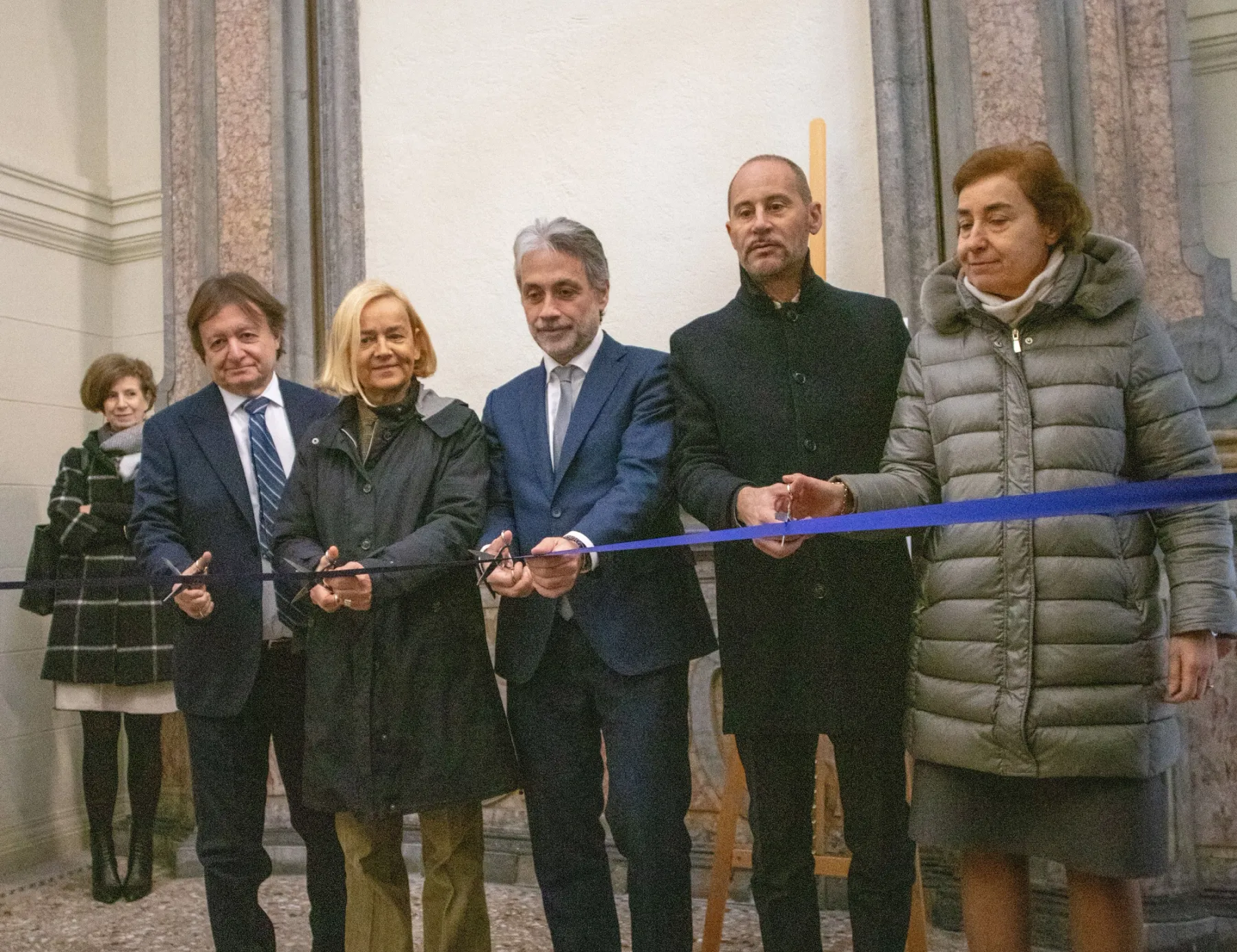The Department
Through research and education, the Department of Architecture, Built Environment, and Construction Engineering creates and transfers knowledge and value to advance the fields of architecture and construction
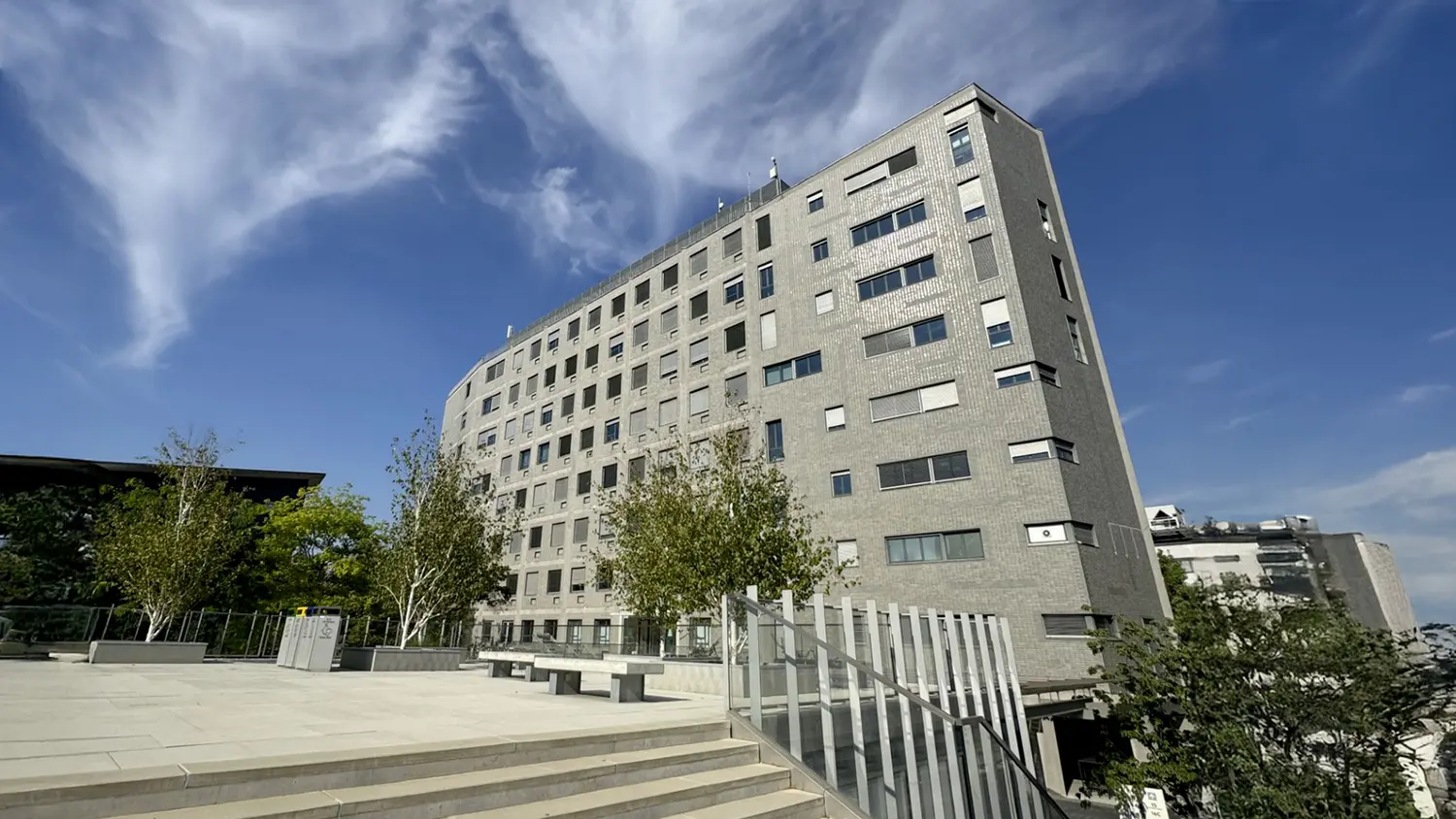
Research
In the Department, research is organized into multidisciplinary groups that come together to address complex problems, focusing on five strategic areas: Sustainability, Twin Transition, Well-Being, Advanced Products, and Conservation
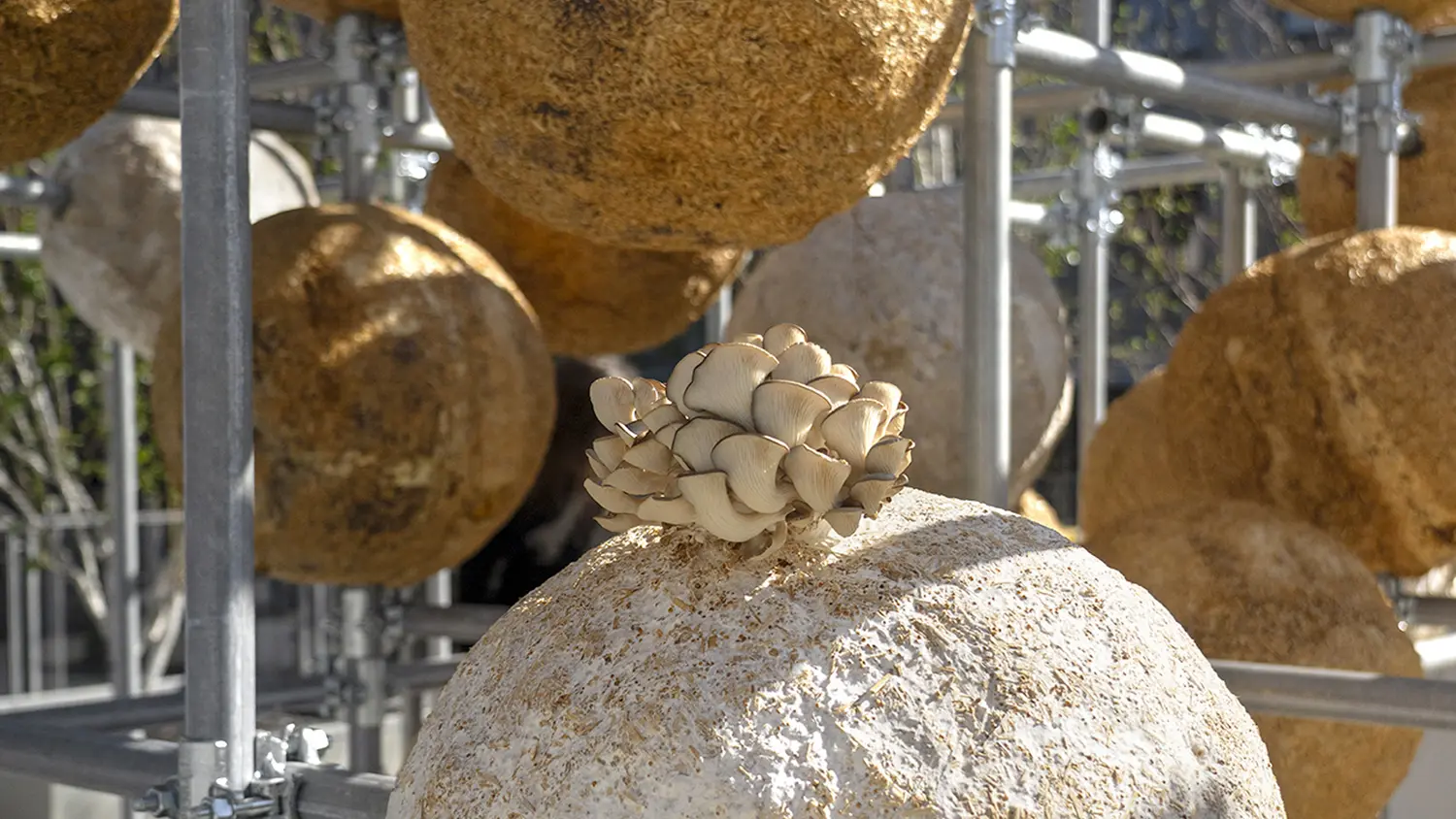
Laboratory
The ABCLab Laboratory System is a strategic unit that groups together and coordinates the laboratories of the Department of Architecture, Built Environment, and Construction Engineering
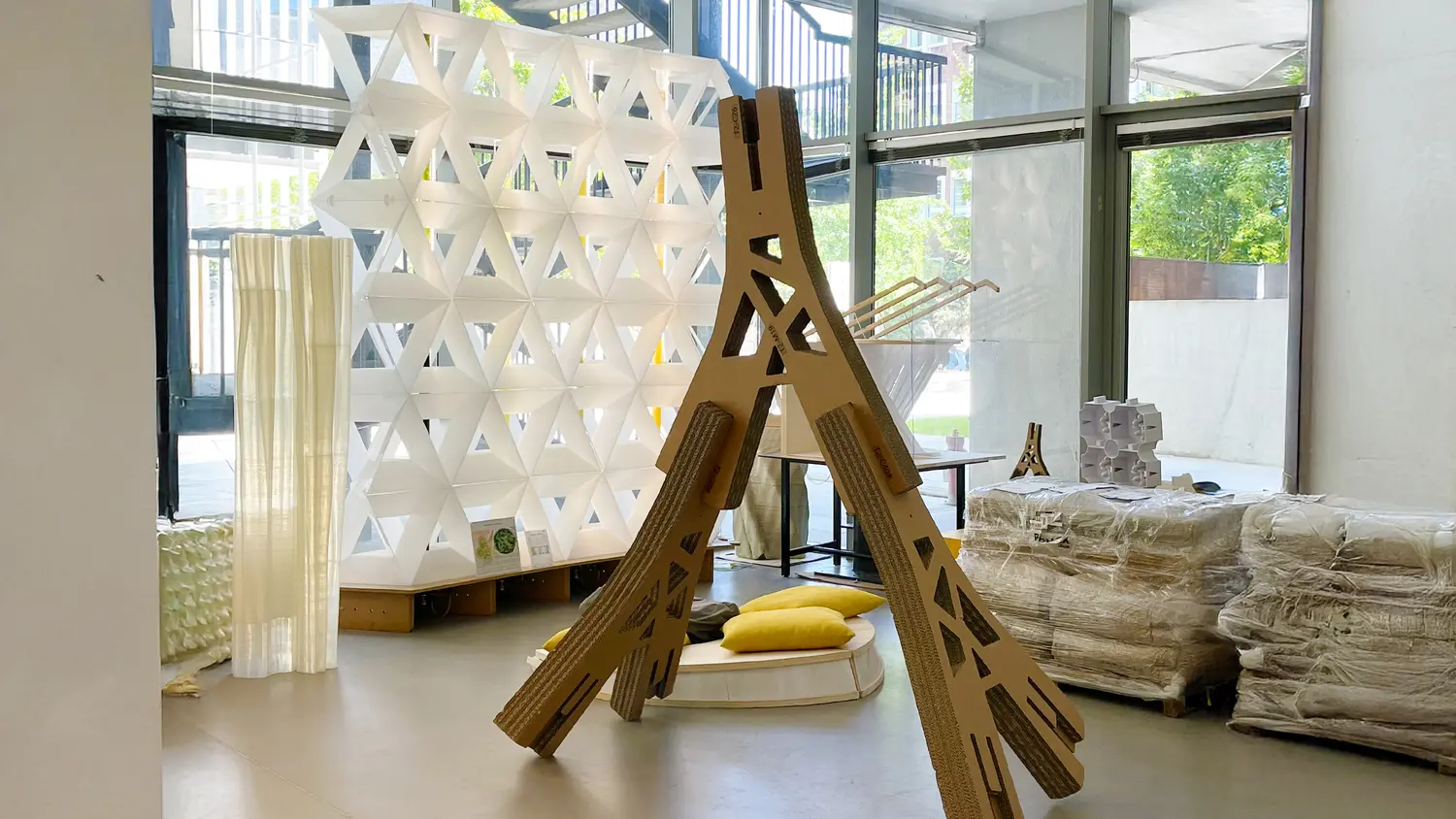
Education
The Department of Architecture, Built Environment, and Construction Engineering offers multidisciplinary continuing education of excellence, including doctoral programs, postgraduate courses, and continuing education

A six-year journey
DABC: 2020 – 2025
we retrace the journey of the Department of Architecture, Construction Engineering and the Built Environment over the past six years

NextBuild Living Lab
NextBuild Living Lab
Digital construction and healthy living environments
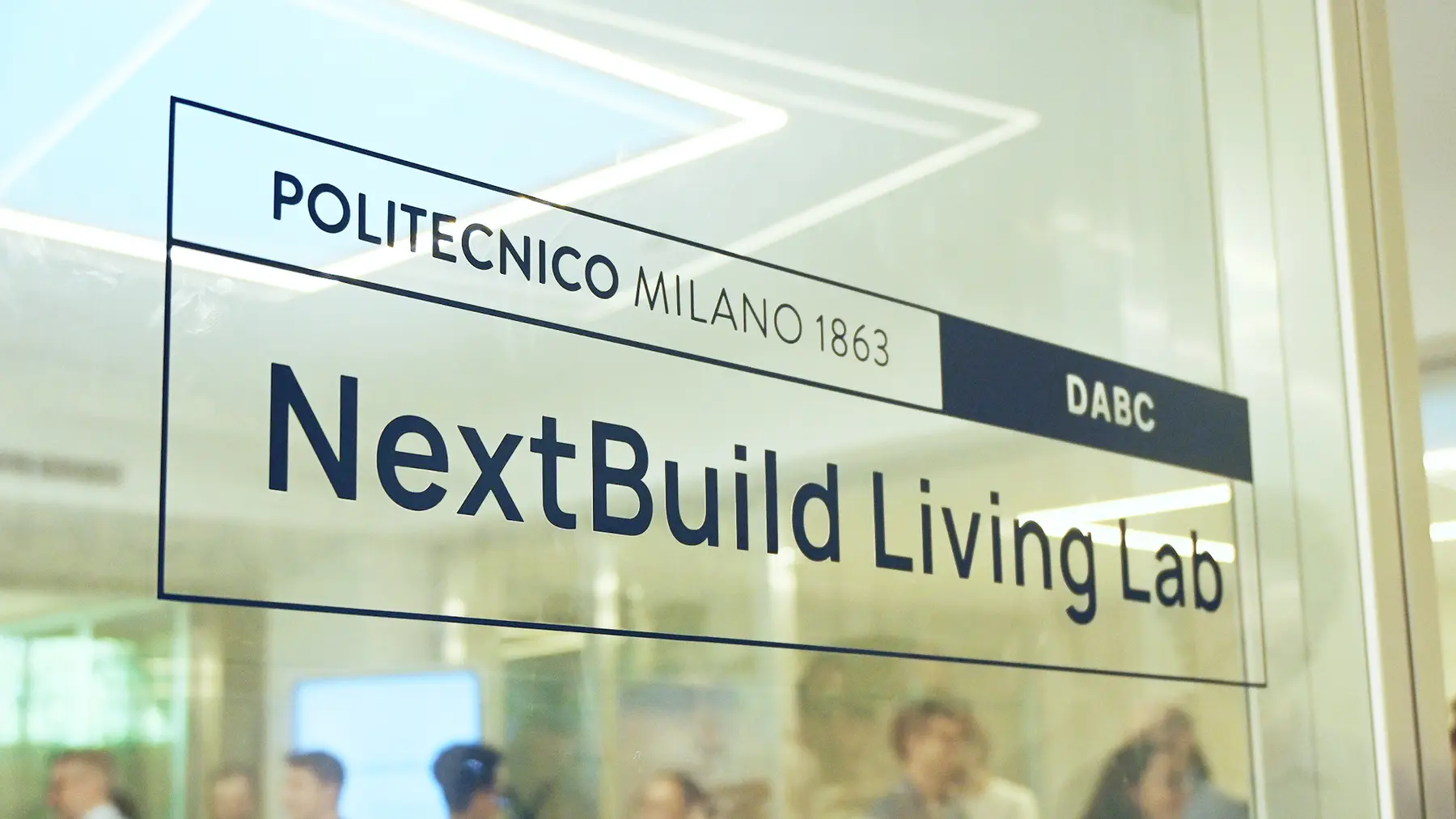
Joint Research Partnership
JRP Constructions
Architecture, Engineering, Construction & Operations

News
Edilizia Sostenibile e Sicura
Dymond e Proxima: two winners made in Polimi

Events
Material Bank. Matters Make Sense
XIX Biennale di Architettura di Venezia
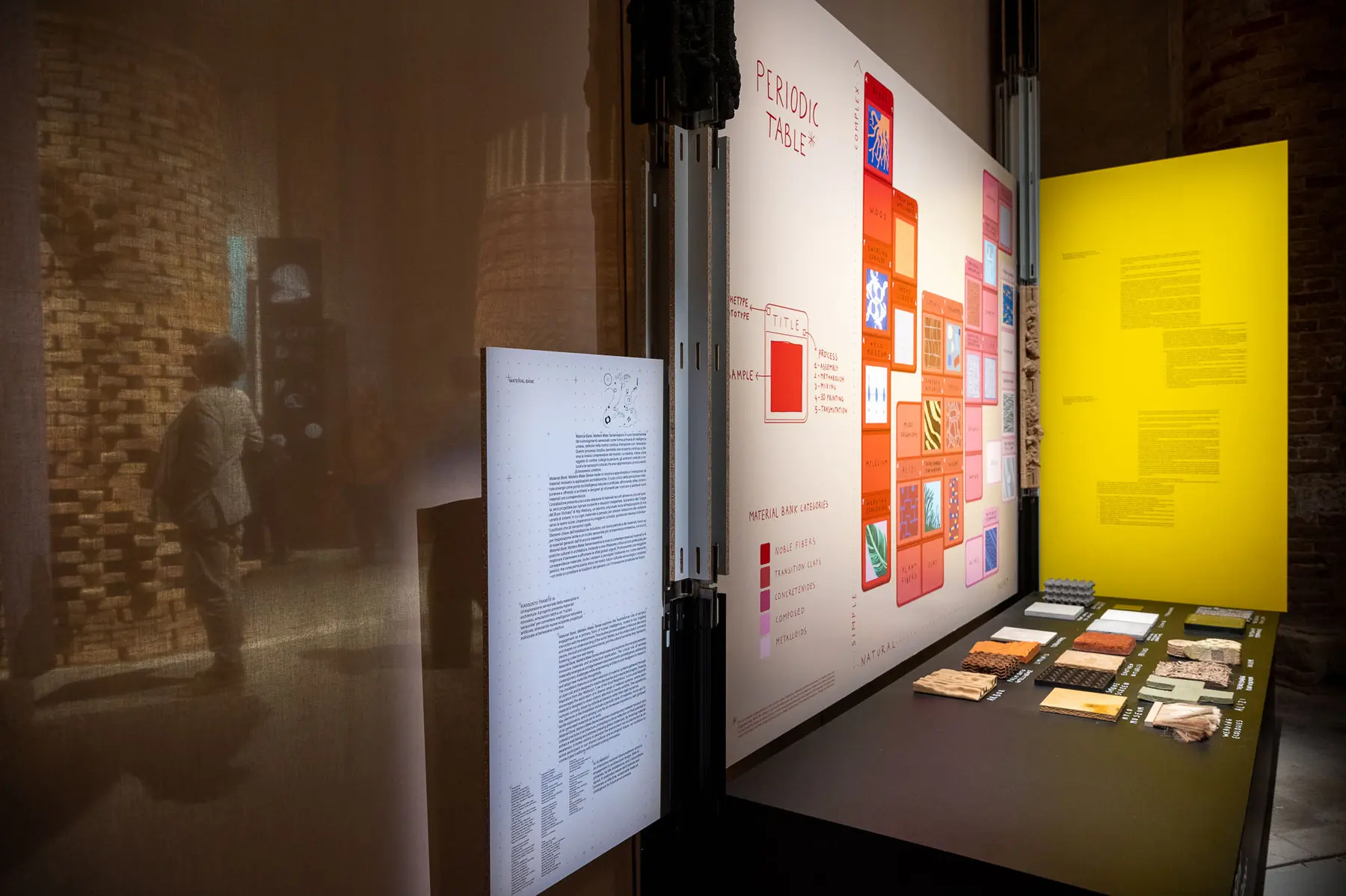
News
IDEA League premia 3 volte il Dipartimento ABC
Funding of €20,000 each for international research projects

News
Inauguration of new DABC spaces
Sharing, sustainability and well-being at the heart of the Campus Leonardo redevelopment project
